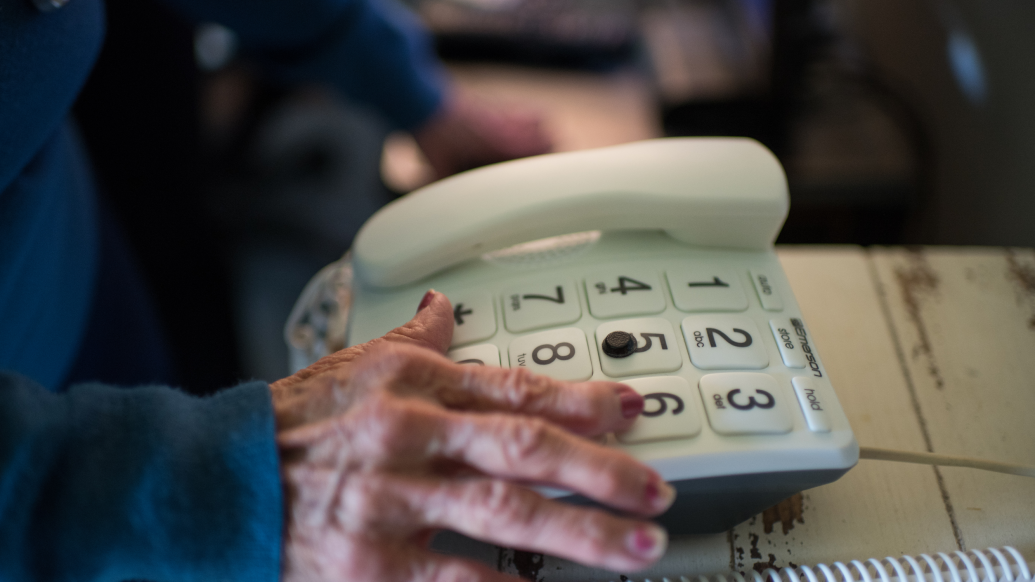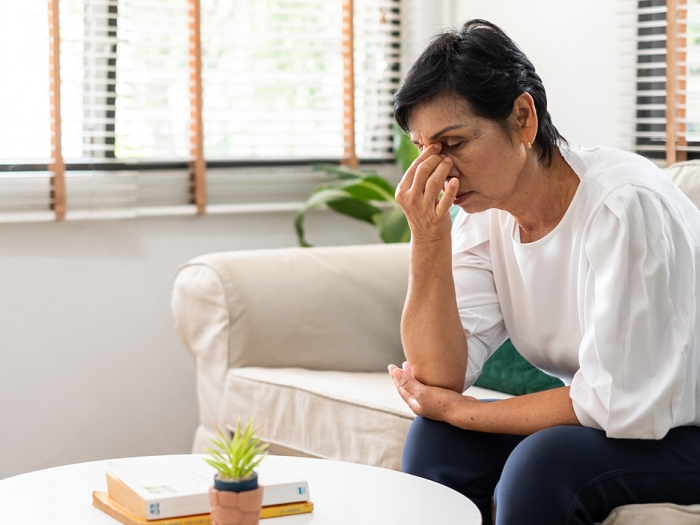Technology can enrich the lives of those with low vision but a Michigan Medicine researcher says a policy change might address racial disparities in device use.
12:00 PM
Author |

Blacks and Hispanics who have trouble seeing are missing out on the technology that can help them read, drive and stay social.
Low vision devices are considered game changers for the visually impaired, but a University of Michigan Kellogg Eye Center study shows significant inequality in use of the technology proven to improve functioning and quality of life for older adults.
Low vision device users were more likely to be older and white compared to those who did not use the devices, according to the study published in JAMA Ophthalmology.
Compared to white adults age 65 and older, the odds of using a low vision device were 17 percent lower in black adults and 47 percent lower among Hispanics.
"Low vision services can improve quality of life and the ability of patients to do important everyday activities. However, ensuring equitable access to these services is a major challenge," says senior study author Joshua Ehrlich, M.D., MPH, an ophthalmologist at Kellogg Eye Center and eye policy researcher at the U-M Institute for Healthcare Policy and Innovation.
LISTEN UP: Add the new Michigan Medicine News Breakto your Alexa-enabled device, or subscribe to our daily audio updates on iTunes, Google Play and Stitcher.
Low vision devices include magnifiers, large print or talking materials, and telescopic and prescriptive lenses.
However Medicare does not cover the cost of the devices, which is much like its policy of limited coverage of eyeglasses.
For the study, researchers at Kellogg and Harvard Medical School focused on nationally representative survey data from about 3,000 Medicare beneficiaries 65 years and older who reported vision impairment.
The authors found that compared with white individuals, adults from minority racial/ethnic groups were less likely to report using low vision devices. However, they found no difference in the use of vision rehabilitation, a set of rehabilitation services designed to improve functioning and independence – something that is covered by Medicare.
If the findings are confirmed, it may suggest that policy makers could consider coverage of low vision devices under Medicare to address racial disparities.
More work to do
One size doesn't fit all with low vision devices, which are most effective for improving central vision loss.
One area where the devices flounder is in helping people with loss of peripheral vision that can result from a number of conditions, including glaucoma, a disease that is especially common among Black and Hispanic older adults.
The Kellogg study may reveal an unmet need in device design for people with glaucoma.
MORE FROM THE LAB: Subscribe to our weekly newsletter
In 2017 there were more than 3.8 million adults older than 45 estimated to have low vision.
For them, Medicare covers a low vision evaluation, a service that Kellogg Eye Center doctors can now conveniently refer patients to following an electronic medical record alert if a patient's best corrected vision is 20/70 or worse.
The Kellogg ophthalmologist makes a case for coverage of low vision devices too.
"The purpose of low vision devices, to improve independence in activities of daily living, is identical to that of other assistive equipment that is already covered by Medicare for individuals with other disabilities," Ehrlich says.

Explore a variety of healthcare news & stories by visiting the Health Lab home page for more articles.

Department of Communication at Michigan Medicine
Want top health & research news weekly? Sign up for Health Lab’s newsletters today!





